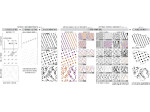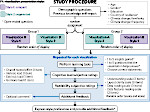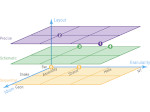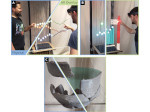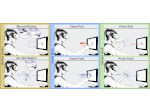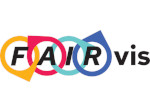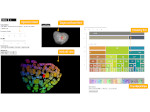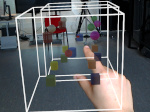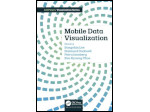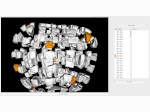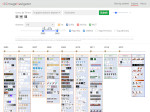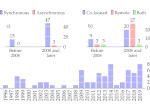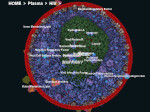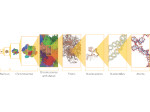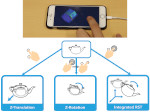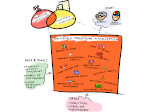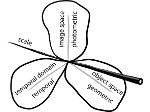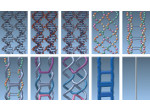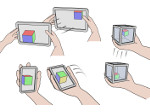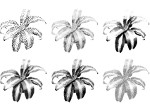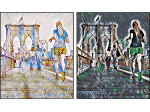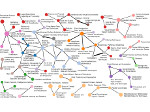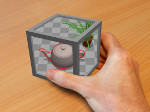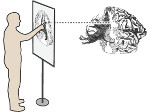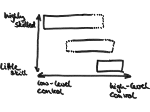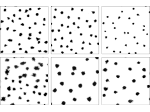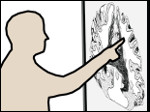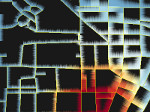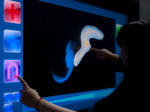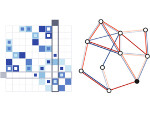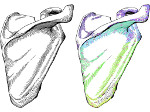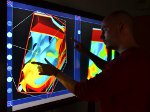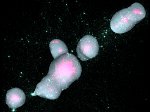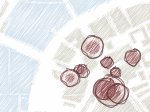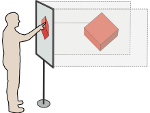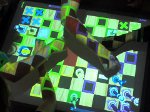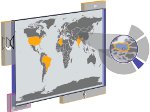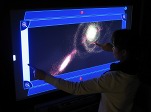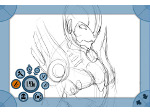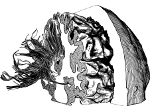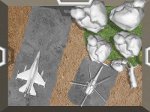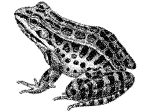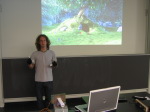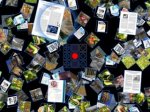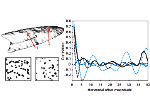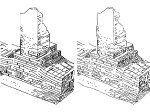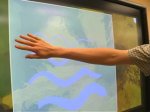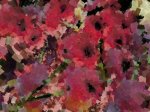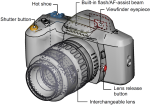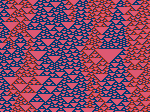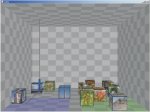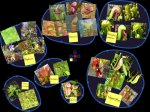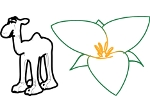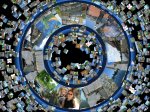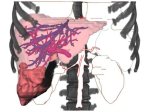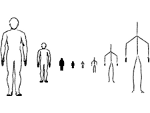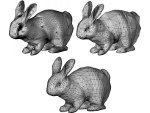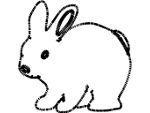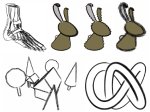Pondering the Concept of Abstraction in (Illustrative) Visualization
Description:
We explore the concept of abstraction as it is used in visualization, with the ultimate goal of understanding and formally defining it. Researchers so far have used the concept of abstraction largely by intuition without a precise meaning. This lack of specificity left questions on the characteristics of abstraction, its variants, its control, or its ultimate potential for visualization and, in particular, illustrative visualization mostly unanswered. In this paper we thus provide a first formalization of the abstraction concept and discuss how this formalization affects the application of abstraction in a variety of visualization scenarios. Based on this discussion, we derive a number of open questions still waiting to be answered, thus formulating a research agenda for the use of abstraction for the visual representation and exploration of data. This paper, therefore, is intended to provide a contribution to the discussion of the theoretical foundations of our field, rather than attempting to provide a completed and final theory.
Paper download: 
 (29.3 MB)
(29.3 MB)
Cross-References:
Please note that we continue and update our discussion on visual abstraction in a more recent book chapter. Also see our other work on abstraction:
- ScaleTrotter: illustrative visual travels across negative scales
- multiscale visualization and scale-adaptive modification of DNA nanostructures
- exploration of the brain's white matter structure through visual abstraction and multi-scale local fiber tract contraction
- a survey of illustrative visualization techniques for diffusion-weighted MRI tractography
- continuous navigation of nested abstraction levels
- illustrative molecular visualization with continuous abstraction
- depth-dependent halos: illustrative rendering of dense line data
- visual abstraction and stylization of maps
References:
| Ivan Viola and Tobias Isenberg (2018) Pondering the Concept of Abstraction in (Illustrative) Visualization. IEEE Transactions on Visualization and Computer Graphics, 24(9):2573–2588, September 2018. | | ||
This work was done as a collaboration between the AVIZ project group of Inria, France, and the Research Unit of Computer Graphics at TU Wien, Austria.
This work was supported through the Illustrare project, funded by ANR in France and FWF in Austria.
